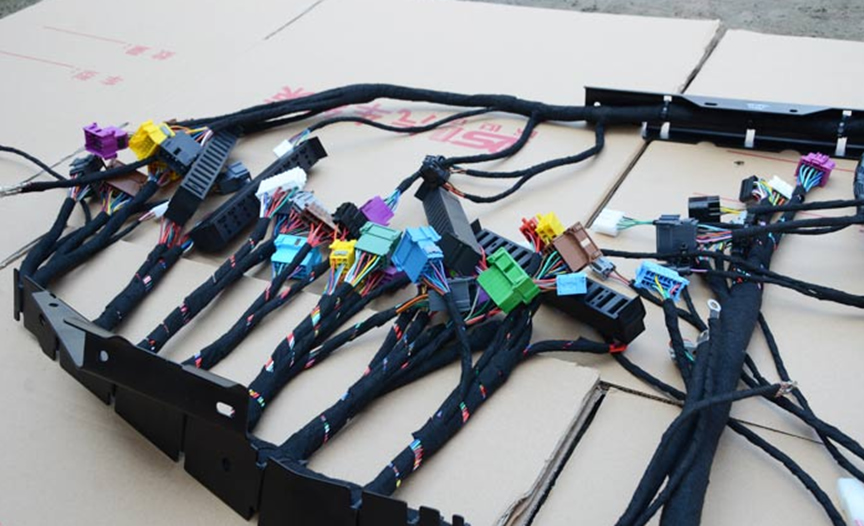-
Call Us On:
+86-577-61675999
+86-15355776033 -
Send us a Mail:
- Get a Quote
+86-577-61675999
+86-15355776033

Wiring harnesses are often designed to simplify the manufacture of larger components and are designed according to the geometric and electrical requirements of the equipment to be installed.

Wiring harnesses are commonly used in the electronics industry, the automobile industry, the manufacture of construction machinery and industrial equipment, and the manufacture of white goods such as washers and dryers, refrigerators and other household appliances.
Wiring harnesses simplify the construction of these larger components by integrating wiring into one or more cells for "plug in" installation. By binding a number of wires, cables, and subparts to the wiring harness, an OEM or setup program can install only one component. In addition, the wiring harness better holds the finished assembly, preventing the effects of wear and vibration, and optimizes the use of space by compressing the wires into unbent bundles.

Once the design is established, the process of building the harness begins with the development of the schematic diagrams used to create the harness's manufacturing instruments and assembly boards. The assembly board or pin board is a full-size drawing of the harness, showing all the parts and their positions, and is also the working table for the harness. The wires required for the wiring harness are provided from the main reel and cut to the desired length, identified by printing or labeling if necessary. Once cut to the proper length, the wires will be stripped to expose the uninsulated wires and any required terminal or connector housing will then be installed. These wires and elements are then placed on the nail board and bound together with any necessary tape, cable tie, cable tie, casing, tape, extruder braid, or any combination thereof.
Despite the desire for greater automation, wiring harnesses generally continue to be made by hand because of the many different processes involved.
For more information